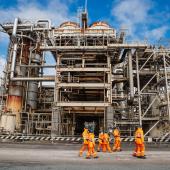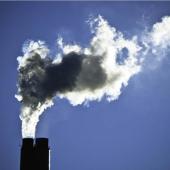Cemex develops innovative approach to reduce carbon emissions
Cemex has developed an innovative approach designed to decrease CO2 emissions in cement production by reducing the size of clinker particles in a process called micronization.
When combined with the use of proprietary admixtures, micronization significantly reduces the clinker factor per tonne of cement, thereby minimising its carbon footprint. Additionally, clinker micronization has the added feature of maintaining the specified development strength required by the highest global cement standards.
Cemex’s clinker micronization process, pioneered by the company’s Research and Development Centre in Switzerland, offers a creative alternative to traditional clinker grinding, enhancing efficiency and significantly boosting strength of the final product. Industrial scale production trials have validated initial R&D findings.
The production of clinker, the main component of cement, represents the most carbon-intensive part of the cement manufacturing process. The adoption of clinker micronization has the potential to reduce the clinker factor in cement products up to 50%, which would significantly accelerate progress towards the company’s decarbonization goals.
‘We are finding new ways to boost our decarbonisation roadmap in the production of cement and concrete’ said Fernando A. González, chief executive officer of Cemex. ‘We remain committed to achieving our ambitious 2030 decarbonisation goals on the path to becoming a Net Zero company by 2050.’
Micronized clinker offers additional decarbonisation benefits in concrete, as concretes produced with the material require less cement to reach the desired strength performance, thereby further reducing the CO2 footprint.







